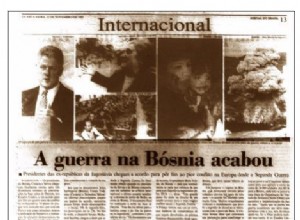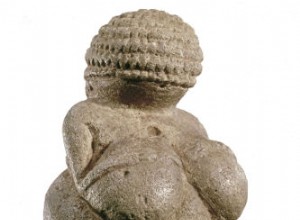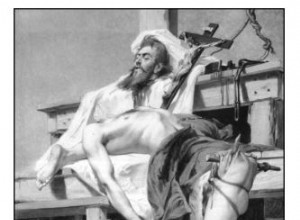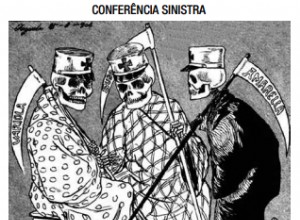Question 01 - UECE 2010 - François Mitterrand, President of France from 1981 to 1995, in order to draw the worlds attention to the problem of the Bosnian crisis, in 1992, he made an unexpected visit to Sarajevo, a city that, in that year, would be the scene of the death of 150 thousand people. Abou




